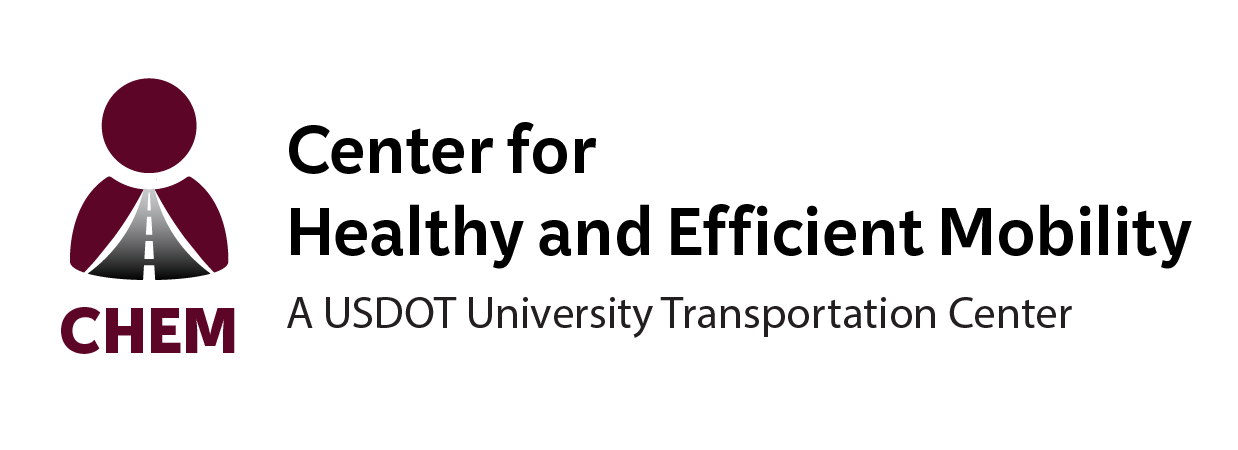The term ‘traffic calming’ refers to a set of measures that enhance conditions for vulnerable road users, change driving patterns, and lessen the negative consequences of motor vehicle usage.1 These measures include the installation of neckdowns, speed tables, speed bumps, roundabouts, and other traffic control devices.2 Around the globe, traffic calming has established itself as a tried-and-true component of sustainable urban mobility management. Although traffic calming originated in Europe, it is now a common practice in the U.S.3
Traffic calming measures serve several purposes, including lowering fast-moving vehicle speeds to reduce the risk of potential accidents on the road, balancing different modes of traffic due to slower speeding, minimizing noise levels, and improving air quality. They also increase safety and reduce the number of accidents, lessen the need for police enforcement, and improve accessibility for various modes of transportation.4
How it Helps
Implementing
Exploring Other Strategies:
Exploring other strategies, like midblock crossings, is necessary for successfully executing traffic calming measures. Midblock crossings constructed between two crossroads will enable pedestrian mobility at a single location to prevent deaths. They are usually combined with central refuge islands, allowing pedestrians to utilize the designated crosswalks or midblock crossings when the signals permit.6 Studies that include traffic speeds, road width, preferred lines for pedestrian movements, and property use developments beside the road should be carried out to determine the best place for midblock crossings.7
Use of Traffic Safety Devices:
Traffic calming measures will be more effectively implemented if traffic safety tools like radar speed signs and rectangular rapid flashing beacons (RRFBs) are used. The use of RRFBs at the crosswalk can help increase visibility and further improve visibility. Additionally, the placement of radar speed signs will encourage motorists and remind them to check their speedometers and reduce their speed if necessary.7
Challenges:
Traffic calming can be costly to install and may not appropriate for busy roads.2 There is also the potential for community opposition from other streets (where traffic may shift) or residents who do not want the impacts on their travel route. It may also result in greater drive time or limited accessibility for semi-trucks and emergency vehicles. Therefore, these measures are typically not appropriate in industrial areas or areas with high commercial access.
Examples
1) The Institute of Transportation Engineers (ITE) Traffic Calming Best Practices
The Institute of Transportation Engineers (ITE) is an international membership organization of specialists in the transportation industry who aim to enhance accessibility and safety for all users of transit systems and support the development of intelligent and livable communities. The Federal Highway Administration supports ITE, which offers a collection of materials for traffic calming and data sheets on various calming techniques, case studies, seminars, and a discussion forum.
https://www.ite.org/technical-resources/traffic-calming/
2) The Traffic Group, Inc Traffic Calming Measures
The Traffic Group, Inc. is a Baltimore, Maryland-based company specializing in traffic engineering and transportation planning. They provide services to decide on road upgrades, signal and sign position, lighting plans, and land management via cutting-edge technology and the in-house expertise of more than 80 industry specialists.
https://www.arounddeal.com/organize/the-traffic-group-inc/m9tzuivqrg/
